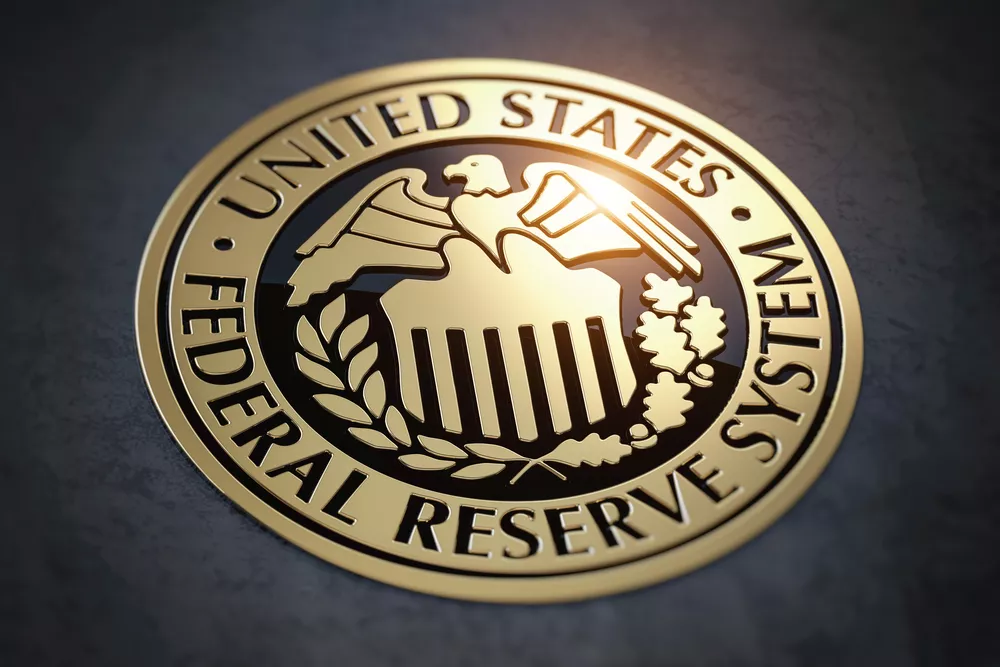The Federal Reserve’s Capital Has Now Plummeted To Negative $121 Billion

Hold up your hand if you think that the aggregate losses of an organization are an asset of that organization. No hands at all? Absolutely right. Losses are not an asset. That’s accounting 101. Yet the greatest central bank in the world, the Federal Reserve, insists on claiming that its continuing losses, which have accumulated to the staggering sum of $164 billion, are an accounting asset.
The Fed seeks to palm off this accounting entry as a “Deferred Asset.” Why does the Fed do this, which perhaps makes it look tricky instead of majestic? Because it does not want to report that it has lost all its $43 billion in capital and now has negative capital. The inevitable arithmetic is plain: start with the Fed’s $43 billion in capital, lose $164 billion, and the capital has inescapably become negative $121 billion.
The Fed is not pleased with this answer. In addition to its “Deferred Asset” gambit, it frequently and publicly asserts that negative capital does not matter if you are a money-printing central bank. The idea seems to be that a central bank can always print up more money. The Fed further declares that it is not in business to maximize profits. Even were all this true, it fails to change the correct capital number: negative $121 billion.If it really doesn’t matter that the Fed has negative capital, why does it not just publish the true number? If the Fed is right, no one will care at all. The Bank of Canada does it right. Its September 30, 2023 balance sheet clearly reports its capital of negative $4.5 billion in Canadian currency. The Bank of Canada also has an agreement with the Ministry of Finance so that any realized losses it takes on its “QE” bond investments “are indemnified by the Government of Canada.” *
The Fed has no such contract with America’s Treasury. The Fed presumably has an “implied guaranty” from the Treasury, just like Fannie Mae and Freddie Mac did, but there is nothing formal. It seems certain that Congress never dreamed that the Fed could experience the losses and the negative capital that are now reality.
The Fed ran an exceptionally risky balance sheet with little capital. The key vulnerability was and is interest rate risk, the same risk that caused the failure of the savings and loans in the 1980s. The Fed’s capital was a mere 0.5 percent of its total assets. When the Fed incurred big interest rate risk losses starting in 2022, it rapidly lost all its capital because it had so little capital to begin with.
Whose fault was that?
The reason the Fed had so little capital was the Congress. Anxious to take the profits of the Fed to spend, the Congress limited by law the retained earnings the Fed could build to a mere $6.8 billion, or less than 0.1 percent of the Fed’s assets. Moreover, as the Fed made itself ever riskier, Congress did nothing to either limit the risk, or to increase the capital to reflect the risk.
Did Congress understand the Fed’s balance sheet? If not, Congress is also at fault for that failure. Congress has provided in the Federal Reserve Act, from the original act to today, that the Federal Reserve Banks have a legal call on their commercial bank stockholders to double their paid-in capital. Thus the Fed has the statutory right to raise $36 billion in additional capital.
That would not bring its capital up to zero. It would, though, be a lot better than nothing. Yet the proud Fed has not chosen to issue the capital call that Congress designed, and Congress has not suggested that the Fed do so. Is Congress paying attention to the Fed’s financial condition?
The Bank of England, which has a formal support agreement from His Majesty’s Treasury, studied the need for central bank capital in a recent working paper. It observed that “Financial strength can support central bank independence and credibility.”
“When capital is low,” the Bank of England concluded, “central banks should be able to retain their profits to help strengthen their capital position.” Congress prohibited the Fed from doing this, even as its capital relative to risk got miniscule.
Congress needs to fix the Federal Reserve Act to allow capital to be built up corresponding to the risks undertaken. Of course, that means Congress has to understand the risks. As for the Fed’s capital at this point, negative $121 billion certainly qualifies as “low.”
More By This Author:
Consumer ConfidenceFull-Time Jobs Fall Again as Total Employment Flatlines in April
Central Banks Are Wrong about Rate Cuts
The views expressed on Mises Wire and mises.org are not necessarily those of the Mises Institute.



